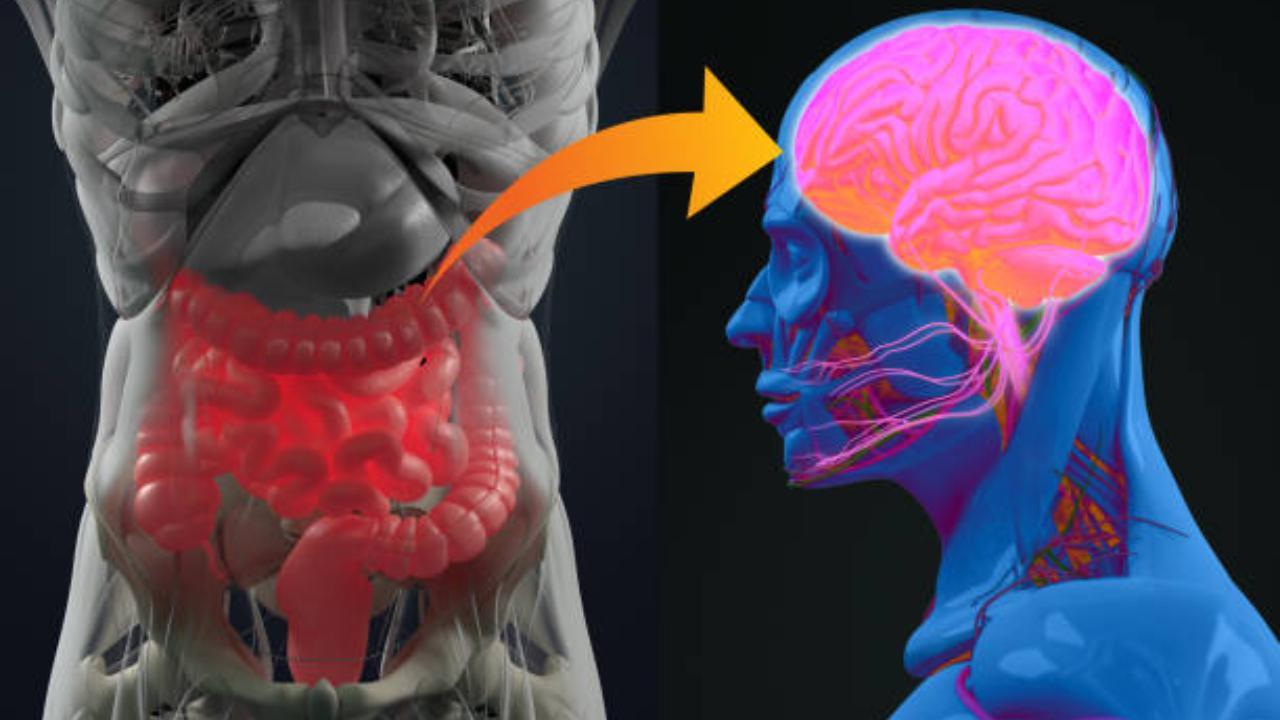In the research, presented on Thursday at the Federation of European Neuroscience Societies (FENS) Forum 2024, the international team identified bacteria that play a beneficial role in preventing food addiction

Image for representational purposes only. Photo Courtesy: iStock
Worried about your food addiction? Take heart, a team of researchers has identified a specific gut bacteria associated with both mice and human compulsive eating disorder and obesity.
Worried about your food addiction? Take heart, a team of researchers has identified a specific gut bacteria associated with both mice and human compulsive eating disorder and obesity.
In the research, presented on Thursday at the Federation of European Neuroscience Societies (FENS) Forum 2024, the international team identified bacteria that play a beneficial role in preventing food addiction.
While until now, the mechanisms underlying this behavioural disorder were largely unknown, the new findings, also published in the journal Gut, could be used as potential new treatments for this obesity-related behaviour.
"Potential new treatments could involve using beneficial bacteria and dietary supplementation," said Rafael Maldonado, from the Laboratory of Neuropharmacology-NeuroPhar at the Universitat Pompeu Fabra in Barcelona, Spain.
In the study, the team investigated the gut bacteria in mice who were and were not addicted to food.
They found an increase in bacteria belonging to a group called the Proteobacteria phylum and a decrease in bacteria belonging to the Actinobacteria phylum in the food-addicted mice.
These mice also had a decrease in the amount of another type of bacteria called Blautia from the Bacillota phylum.
Similar to the findings in mice, decreases in the Actinobacteria phylum and Blautia were seen among people with addiction to food and increase in the Proteobacteria phylum.
"The findings in both mice and humans suggested that specific microbiota could be protective in preventing food addiction," said Elena Martin-Garcia, from the varsity.
Know all about brain-eating amoeba infection that claimed two lives in Kerala
Exposure to contaminated water is a major reason for infection from a brain-eating amoeba that has claimed the lives of two young children within a month in Kerala, said doctors calling for avoiding swimming in lakes and other water bodies.
Amoebic encephalitis is a rare but fatal central nervous system infection caused by free-living amoebae, Naegleria fowleri amoeba, also known as brain-eating amoeba, found in freshwater, lakes, and rivers.
A week earlier, the infection Amoebic encephalitis, caused by the Naegleria fowleri amoeba, claimed the life of Dakshina, a 13-year-old girl from Kannur.
Earlier in May, a five-year-old girl also from Kannur succumbed to the infection.
Another 12-year-old boy from Kozhikode has been suspected of the disease after showing symptoms of an amoebic infection. While two cases follow within days of a swim in a lake, in Dakshina's case, it reportedly took several months to manifest.
"Amoebic encephalitis, caused by the Naegleria fowleri amoeba, typically starts one to 9 days after exposure to contaminated water. This infection enters through the nasal cavity and advances rapidly, potentially becoming fatal within days," Dr. Arjun Srivatsa, Director & HOD - Institute of Neurosciences, Sakra World Hospital, told us.
Symptoms commonly include severe headache, fever, nausea, vomiting, stiff neck, confusion, loss of balance, seizures, hallucinations, sensitivity to light, and coma.
There are two types of amebic encephalitis, namely primary meningoencephalitis (PAM) and granulomatous amebic encephalitis (GAE). The initial symptoms of PAM are indistinguishable from bacterial meningitis, while the symptoms of GAE can mimic a brain abscess, encephalitis, or meningitis.
Antimicrobial therapy is the mainstay of the treatment yet the mortality rate is above 90 per cent.
Dr. John Paul, Consultant in Tropical Medicine & Infectious Disease, SPARSH Hospital, Bengaluru, called on parents to "take precautions before allowing children into any waterbody".
Also read: Routine checks up and screenings men over 40 must consider
"PAM affects the central nervous system rapidly and the mortality rate is 90 per cent. This usually occurs in healthy children and young adults who would have been exposed to any waterbody that has the presence of amoeba Naegleria fowleri. This amoeba is present in warm and fresh water and the soil," Dr John told us.
Dr John explained that a week after contracting the infection, the symptoms progress by causing stiffness in the neck; seizures; confusion, hallucinations, and personality changes; photophobia; loss of balance.
"If not detected at the earlier stages the patient’s symptom progresses to coma, severe brain swelling, and death," he said.
The experts advised avoiding swimming, diving, or submerging, especially for people who are immunocompromised, to minimise the risk of contracting amoebic encephalitis from contaminated water.
"If swimming is necessary, using nasal clips can provide some protection against Naegleria fowleri entering through the nasal passages," Dr. Arjun said.
Also read: Obesity, smoking key triggers for Alzheimer's Disease, say experts
This story has been sourced from a third party syndicated feed, agencies. Mid-day accepts no responsibility or liability for its dependability, trustworthiness, reliability and data of the text. Mid-day management/mid-day.com reserves the sole right to alter, delete or remove (without notice) the content in its absolute discretion for any reason whatsoever
 Subscribe today by clicking the link and stay updated with the latest news!" Click here!
Subscribe today by clicking the link and stay updated with the latest news!" Click here!










